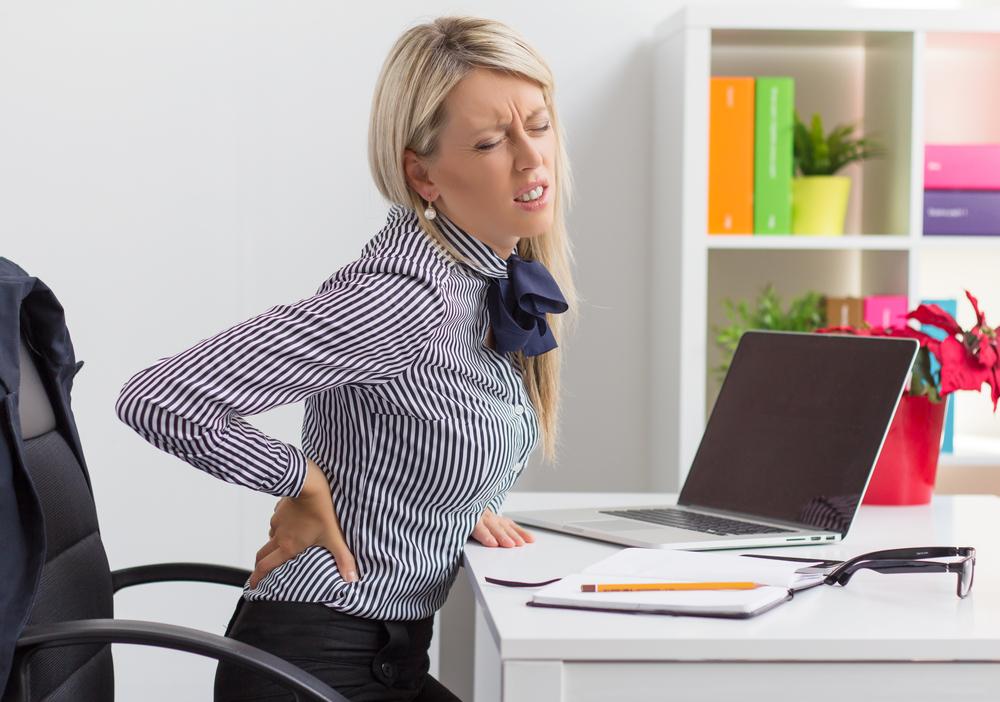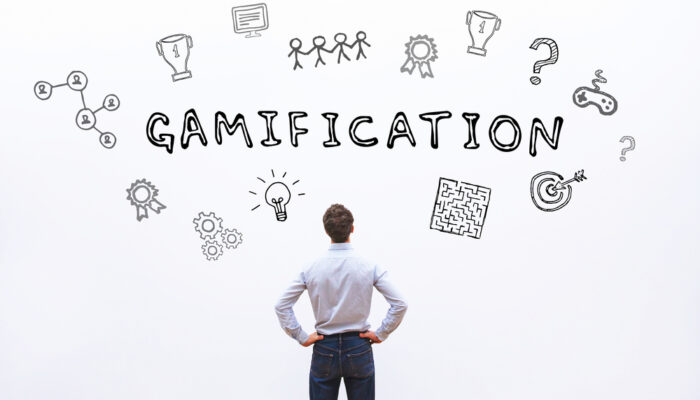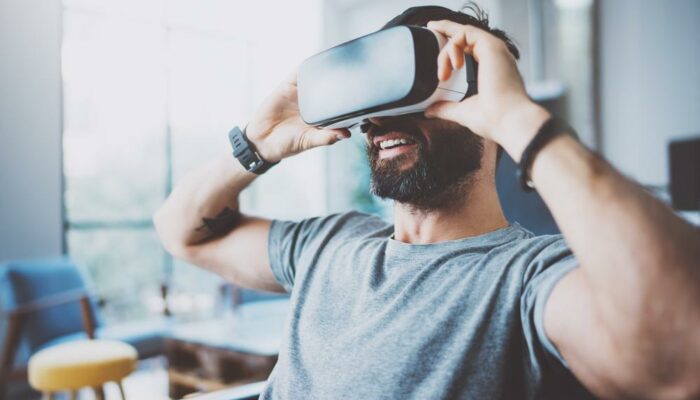
The Most Common Causes of Back Pain
The back is made up of a complex architecture of bones, discs, tendons, ligaments, and muscles that combined, aim to stabilize and support the body in stillness and movement.
When this structure is comprised, back pain, either due to an injury or underlying medical condition, can be quite painful and debilitating. So much so that it negatively affects many aspects of your daily life (i.e., driving, walking, sleeping).
Age and a sedentary lifestyle can contribute to lower back pain and degenerative disc, back muscle and ligament, and lumbar spine issues. However, chronic back pain can indicate an innocent strain or an underlying health issue—including sciatica, scoliosis, osteoporosis, spinal inflammation, or even the presence of a cancerous tumor in the chest or spine area. Here are the most common causes of back pain:
1. Sciatica
The sciatic nerve starts in the lower back and reaches all the way through the buttock and back of both legs. Sciatica can occur when a herniated disc (or bulging disc) compresses this nerve, resulting in sharp, piercing pain that shoots up along this route, causing painful blasts, weakness, numbness, and tingling.
2. Back strain
A back strain often occurs due to excess tension placed on any portion of the back (i.e., strained muscles, discs, tendons, or ligaments) that results in a spasm or injury. Common activities at the root of back injury include bending or moving too quickly, improper lifting of an object, or awkwardly lifting a too heavy object.
3. Scoliosis
Scoliosis is characterized as abnormal spinal curvature to one side, which can cause chronic back pain and breathing difficulties in severe cases. Scoliosis patients typically experience “C”- or “S”-shaped curvatures that may gradually increase over time.
4. Osteoporosis
Osteoporosis causes bones to become porous and brittle in texture, which causes deterioration of the bones and vertebrae in the spine, and the likelihood of compression fractures.
5. Ruptured, slipped or bulging discs
Bulging, slipped, and ruptured discs can cause excessive compression or pressure on one of the spinal nerves, triggering discomfort, numbness, and shooting back pain. These disc issues usually occur due to an existing injury or weakness that can lead to disc protrusion through the outer ring of the spine.
6. Kidney issues
Although kidney issues and back pain seem like separate issues, the kidneys are located under the ribs and over the lower back, which means lower back pain can indicate the presence of kidney stones or a kidney infection (urinary tract infection).
7. Spinal stenosis
Spinal stenosis (a type of osteoarthritis) occurs spaces in the spine become narrow and excess pressure impacts the lower back, or any of the nerves that run along the spine. Spinal stenosis mostly causes pain, weakness, and tingling in the lower back, but can affect the neck, legs, and hips as well.




